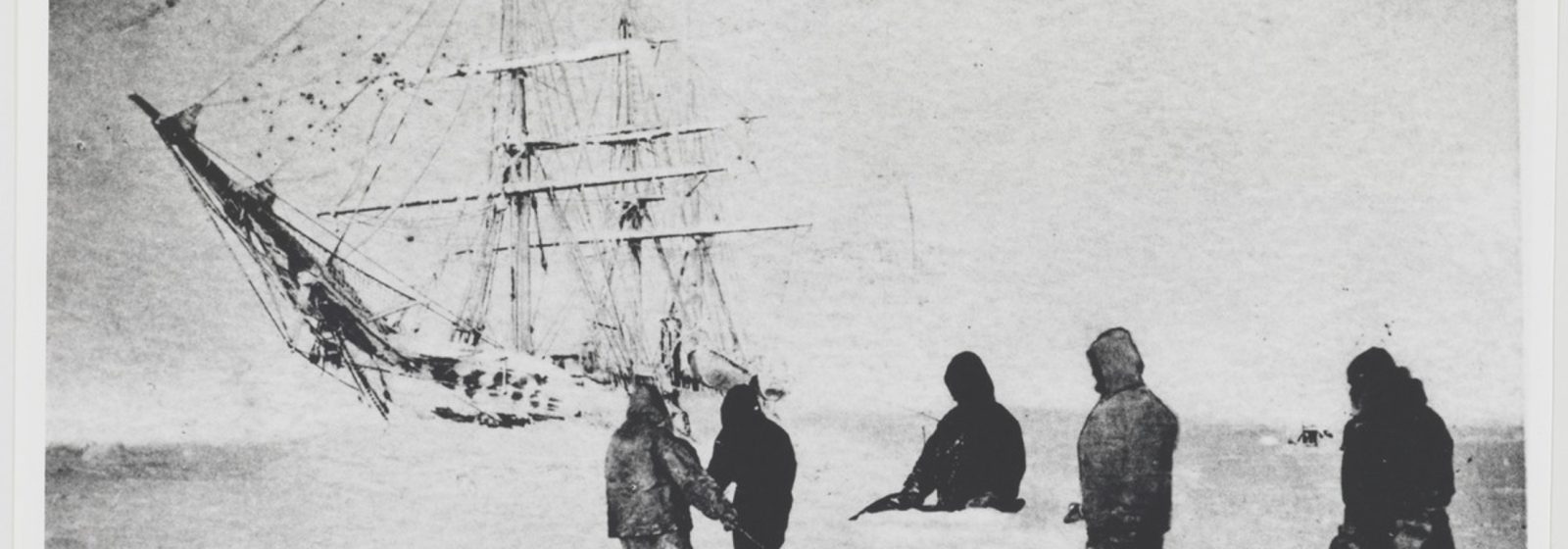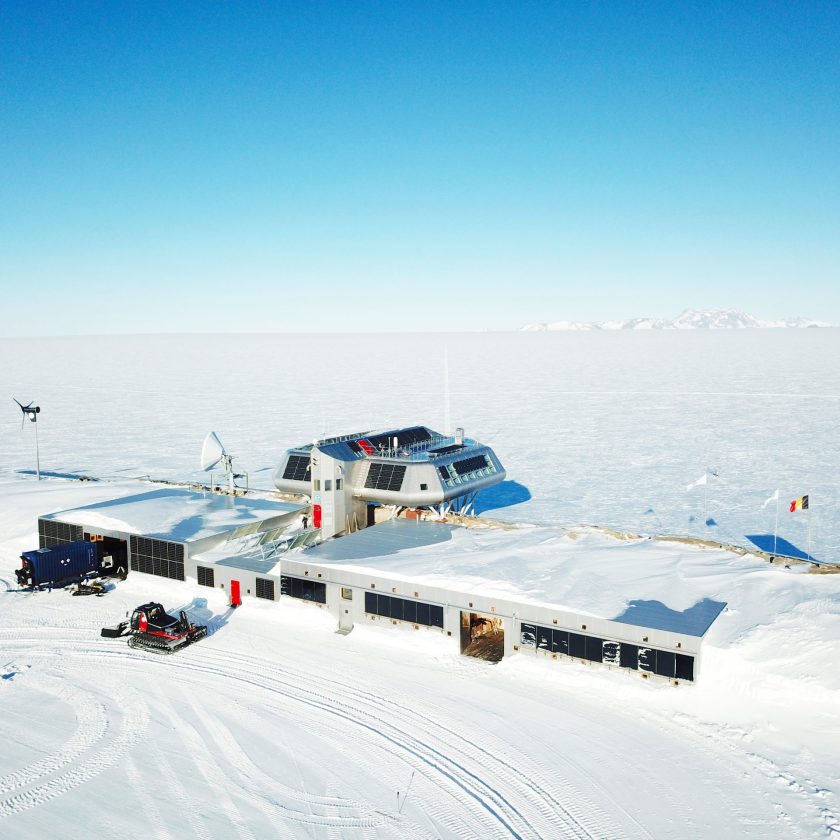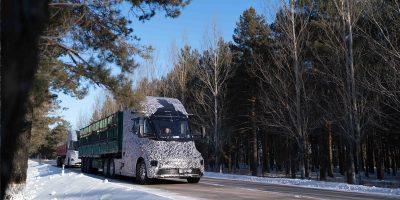MAS commemorates return ‘Belgica’ from Antarctica 125 years ago

Antwerp was abuzz on 5 November 1899: after a stay at the South Pole, the ‘Belgica’ returned to Antwerp’s roadstead. That joyous event is exactly 125 years ago this year. A prestigious exhibition in the MAS commemorates the expedition.
It is not that the expedition members of the ‘Belgica’ “left for Antarctica 125 years ago”, as the City of Antwerp press release states. They returned to Antwerp 125 years ago, more than two years after they set sail for the South Pole under Adrien de Gerlache on 16 August 1897.
Until 23 August, the ‘Belgica’ would still be in Ostend for an emergency operation, and later she would unfortunately be stuck in the polar ice for over a year. It was the first time an expedition had experienced something like this.
Southbound
Slowly it headed south; with a sailing ship it was no different. On 14 January 1898, it set its final course for the Arctic Sea and knew nothing at all about the international crew. On 22 January 1898, the expedition lost its youngest sailor, 21-year-old Norwegian Carl Auguste Wienckes, during a flying storm on its way to the South Pole.
On 15 February 1898, while crossing the Antarctic Circle, Jan Van Mirlo managed to hang not the Belgian flag but the Flemish Lion and the Antwerp flag on the bowsprit, just before Dufour would add a Walloon Rooster, according to Van Mirlo’s story told by Willy Schuyesmans. De Gerlache corrected that by writing that “the Belgian flag was hung”. On 5 March 1898, the ‘Belgica’ was then concrete solid on the ice.
Read more below the photo.
The entire crew more or less fell ill. The immense cold, lack of nutrition and months of polar night took their toll. On Sunday 5 June, 29-year-old Emile Danco died of a heart condition; he was buried under the ice. On 23 July 1898, the sun broke through very briefly and the “longest night” was over, and on 27 November 1898, the midnight sun shone.
Beast work
Then things had to move fast, as the crew could not afford to hibernate a second time. It was decided to carve a way through the ice, which was up to eight metres thick in places. A particularly perilous adventure. After several attempts – it really was “beast work” – the time had come: the swell came again!
On 14 March 1899, the ‘Belgica’ finally left the South Pole and on 28 March 1899 they reached Punta Arenas and de Gerlache sent a telegram: “Belgica – Adrien”. This made the first wintering at the South Pole world news. But, it was not until 5 November 1899 that the ‘Belgica’ was back in Antwerp.
That same weekend, a huge disaster had occurred on the Scheldt, near the ferry from Sint-Anna to Antwerp. But, this was already old news, the newspapers then still had a Sunday edition. By Monday, newspapers could unpack the story of the Gerlache and its crew.
Authentic
After 125 years, visitors can admire some original pieces during the expo at the Museum aan de Stroom (MAS) on the Eilandje: the little organ on which the “Brabançonne” was played every so often, sledges, ice saws, even the crow’s nest and the steering wheel, in addition to, of course, “beautiful photos, drawings and diaries”.
The expo traces the polar expedition through to today. In collaboration with the International Polar Foundation, video footage gives visitors an insight into current climate change and the wide range of natural phenomena, including at the South Pole. In the process, the Belgian Princess Elisabeth base will also be featured.
Read more below the picture.

Practical
The exhibition “To Antarctica. The polar pioneers of the ‘Belgica'” runs from 21 June to 3 November 2024 on the 3rd floor of the MAS.
Author: Paul Verbraeken




